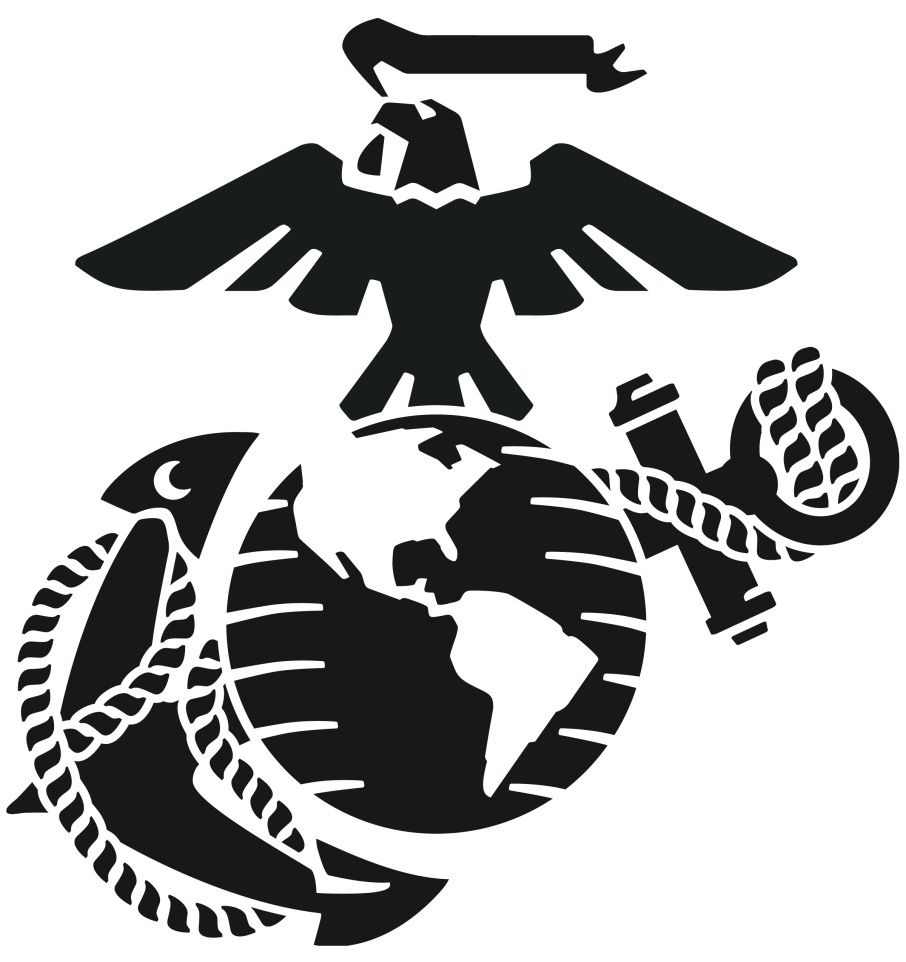US government institutions, such as the Department of Defense (DOD) and the US Marine Corps (USMC), have long recognized the importance of maintaining a robust social media presence. The DOD (@DeptofDefense) has been on Twitter since 2009, has posted more than 32,000 tweets, and has 6.3 million followers; the USMC (@USMC) has been on Twitter since 2007, has posted more than 16,000 tweets, and has 1.5 million followers. These robust Twitter accounts are designed to engage with a broad range of interested individuals.
Communication on Twitter, though, comes with significant risk: messages can be misinterpreted, disinformation can spread rapidly, and a single poorly chosen word can result in widespread outrage. Each of these risks is a problem in any circumstance but is particularly troublesome when a Twitter user (such as DOD or the USMC) is genuinely interested in the health of its community of followers (e.g., the quality of information it embraces or the robustness of individual participation). In these cases, where the goal is not merely to have Twitter followers but also to engage productively with a valued community and ensure that the community is neither intentionally nor accidentally misinformed, it is important to communicate accurately. It is also important to know what is happening within the community—which messages are being misinterpreted, which disinformation is spreading, and how a single word might result in a maelstrom of outrage.
This short paper captures the results of a recent proof-of-concept analysis that CNA conducted to assess activity within the USMC community that mentioned the issue of extremism. This particular case was tightly focused, however, this type of analysis can easily be scoped to answer a range of important questions. It can center on a community, topic, geographic region, or timeframe. It can be used narrowly to assess how a specific policy is being received (as in the case study outlined below) or broadly to assess the health of an online community (e.g., identifying sources of disinformation). Additionally, while the case below focuses on Twitter, analysis can be conducted on data from a range of social media platforms. The case described below was designed to illustrate the type of analysis that is possible and to demonstrate the value that it can provide to those active on social media.
Background
On February 5, 2021, the Secretary of Defense, Lloyd Austin, called for commanding officers and supervisors to schedule and execute stand-downs, over the next 60 days, to address the problem of extremism in the ranks. To assess how the broader USMC Twitter community received this order, CNA analyzed tweets according to the following criteria: the tweet occurred in the date range of January 5, 2021–August 5, 2021, the tweet contained CNA-selected keywords linked to USMC, and the tweet contained CNA-selected keywords linked to extremism.
Download reportDISTRIBUTION STATEMENT A. Cleared for Public Release
Details
- Pages: 6
- Document Number: CIM-2021-U-030801-Final
- Publication Date: 10/4/2021
